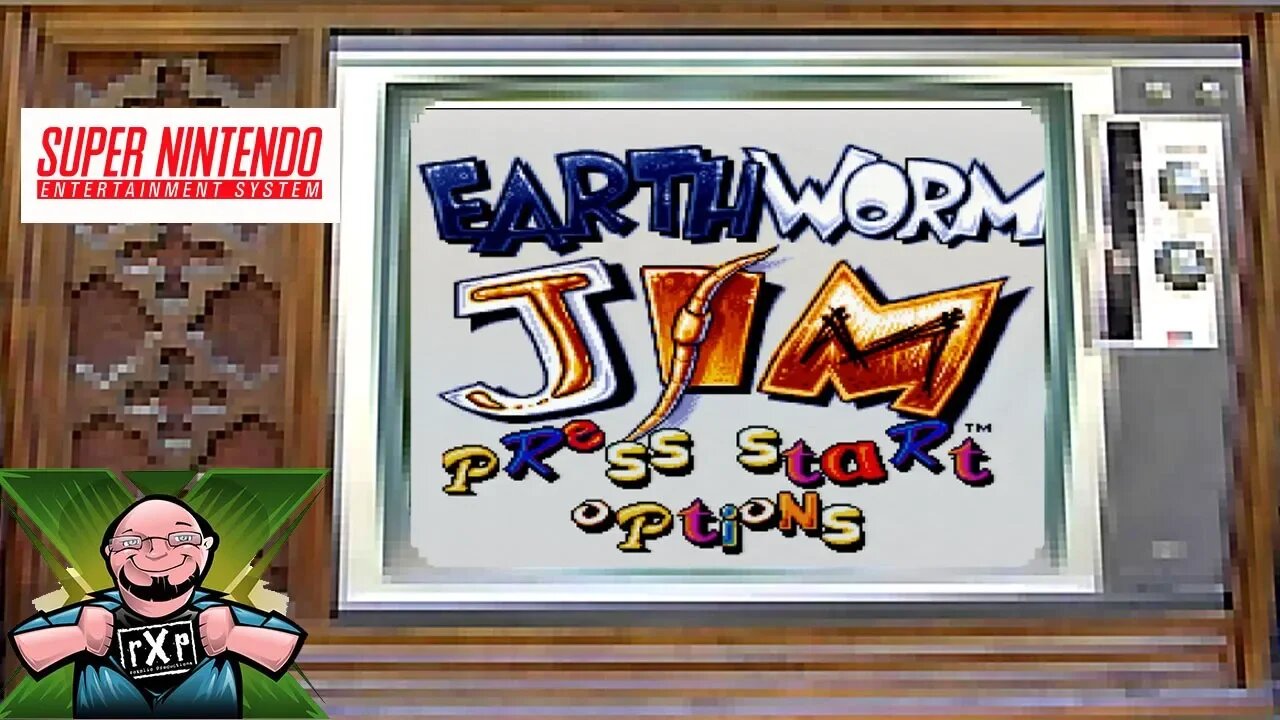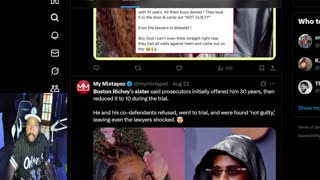Premium Only Content

LIVESTREAM! SNES Jr with Voultar's RGB Mod Chip & HD Retrovision Component Cables with Earthworm Jim
Support the stream: https://streamlabs.com/roxolidproductions
In this Livestream we're going through our initial tests of our RGB Modded SNES JR. We have used Voultar's RGB Mod Chip in a SNES Jr, connected to an OCCS with 2x Line Doubling enabled.
Enter for a chance to WIN a Nintendo NES Classic Edition! Visit https://youtu.be/f51l2Mebhkw for all the details!
The Nintendo Super NES is my favorite console of all time. The library of games is second to none, I love the graphical style, and overall it's just a great machine. One thing that is not-so-great about it is the composite video output. While it was decent in the 90's it looks like a hot mess compared to the current video output options from other systems and emulation systems, such as the SNES Classic and RetroPies.
Being such a fan of the SNES I do actually own an original, an original Super Famicom and a SNES Jr. I also own the HD Retrovision cables for the SNES and Super Famicom to get the best component video quality possible, and thankfully the original SNES and SFC are plug-and-play compatible with these cables. The Super NES Jr., which is noted to have the best possible video output from the box is not compatible with the HD Retrovision Cables. However, Voultar's Mod Shop has a solution to re-enable this functionality and restore RGB output from the console.
We're currently working on an installation video for this modchip, but while that is in the works we wanted to test it out in a livestream. One thing of note is that, for streaming, I am routing the HD Retrovision cables through my OSSC and into my ElGato. The OSSC is noted for compatibility issues with the SNES, and this is no exception. We will be testing out the RetroTink in the coming weeks, hopefully, that is a more direct solution without the compatibility issues.
The footage used in this review are used under the Fair Use laws, referenced below:
https://www.law.cornell.edu/uscode/text/17/107
Notwithstanding the provisions of sections 106 and 106A, the fair use of a copyrighted work, including such use by reproduction in copies or phonorecords or by any other means specified by that section, for purposes such as criticism, comment, news reporting, teaching (including multiple copies for classroom use), scholarship, or research, is not an infringement of copyright. In determining whether the use made of a work in any particular case is a fair use the factors to be considered shall include—
(1) the purpose and character of the use, including whether such use is of a commercial nature or is for nonprofit educational purposes;
(2) the nature of the copyrighted work;
(3) the amount and substantiality of the portion used in relation to the copyrighted work as a whole; and
(4) the effect of the use upon the potential market for or value of the copyrighted work.
The fact that a work is unpublished shall not itself bar a finding of fair use if such finding is made upon consideration of all the above factors.
(Pub. L. 94–553, title I, § 101, Oct. 19, 1976, 90 Stat. 2546; Pub. L. 101–650, title VI, § 607, Dec. 1, 1990, 104 Stat. 5132; Pub. L. 102–492, Oct. 24, 1992, 106 Stat. 3145.)
-
 2:42
2:42
RoXolidProductions
7 months agoMore Affordable 4K Gaming Upscaling + Best Budget Upscaler Returns!
139 -
 LIVE
LIVE
Tundra Tactical
3 hours ago🎯💥 The World’s Okayest Gun Show 🔫😂 | LIVE Tonight on Rumble!
328 watching -
 LIVE
LIVE
Mally_Mouse
22 hours ago🌶️ 🥵Spicy BITE Saturday!! 🥵🌶️- Let's Play: Tower Unite!
445 watching -
 58:59
58:59
MattMorseTV
3 hours ago $0.53 earned🔴Trump just BROKE Newsom.🔴
32.4K31 -
 18:14
18:14
Her Patriot Voice
3 hours agoWho Is WORSE for NYC: Trump Girl or Socialist?
10K21 -
 LIVE
LIVE
SavageJayGatsby
3 hours agoSpicy Saturday with Mally! | Road to 100 | $300 Weekly Goal for Spicy Bites!
1,355 watching -
 LIVE
LIVE
FomoTV
5 hours ago🚨 Swamp Theater: FBI Raids Bolton 🕵 Still NO Epstein Files, Trump's Troops & the Red Heifer Hoax 🐂 | Fomocast 08.23.25
80 watching -
 6:04:40
6:04:40
Akademiks
8 hours agoRoc Nation & Meg Thee Stallion did a 7 HOUR Deposition with me. Drake Secret Kid Finally Revealed.
35.5K1 -
 24:19
24:19
Stephen Gardner
4 hours ago🚨BREAKING: FBI Raid of John Bolton’s House Reveals THIS!
39.4K97 -
 8:31
8:31
MattMorseTV
6 hours ago $0.93 earnedTexas just did the IMPOSSIBLE.
35.2K57